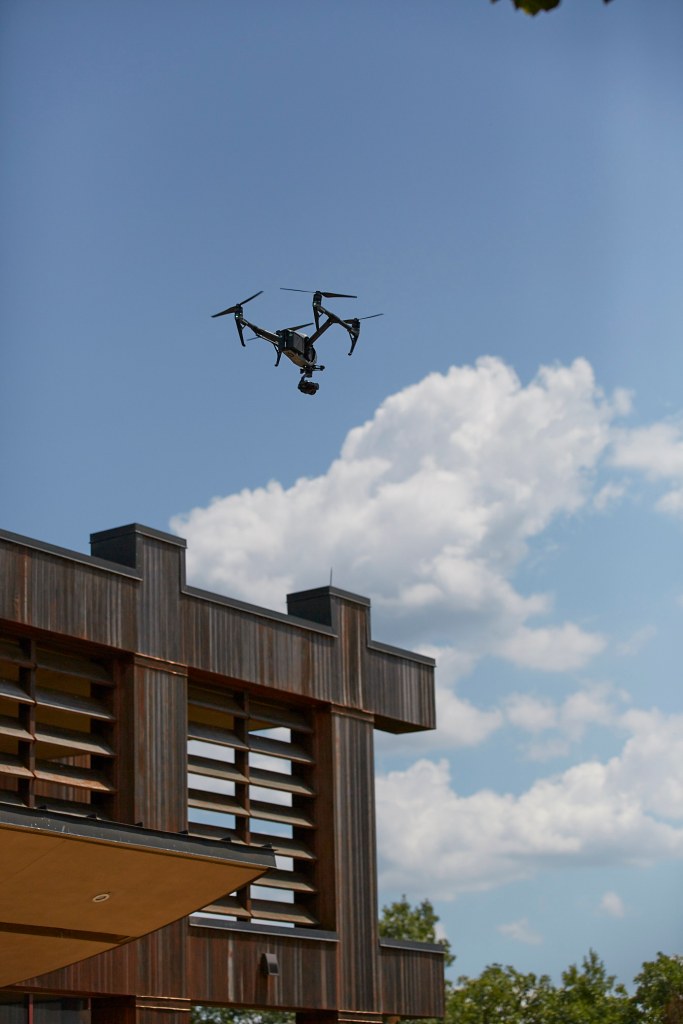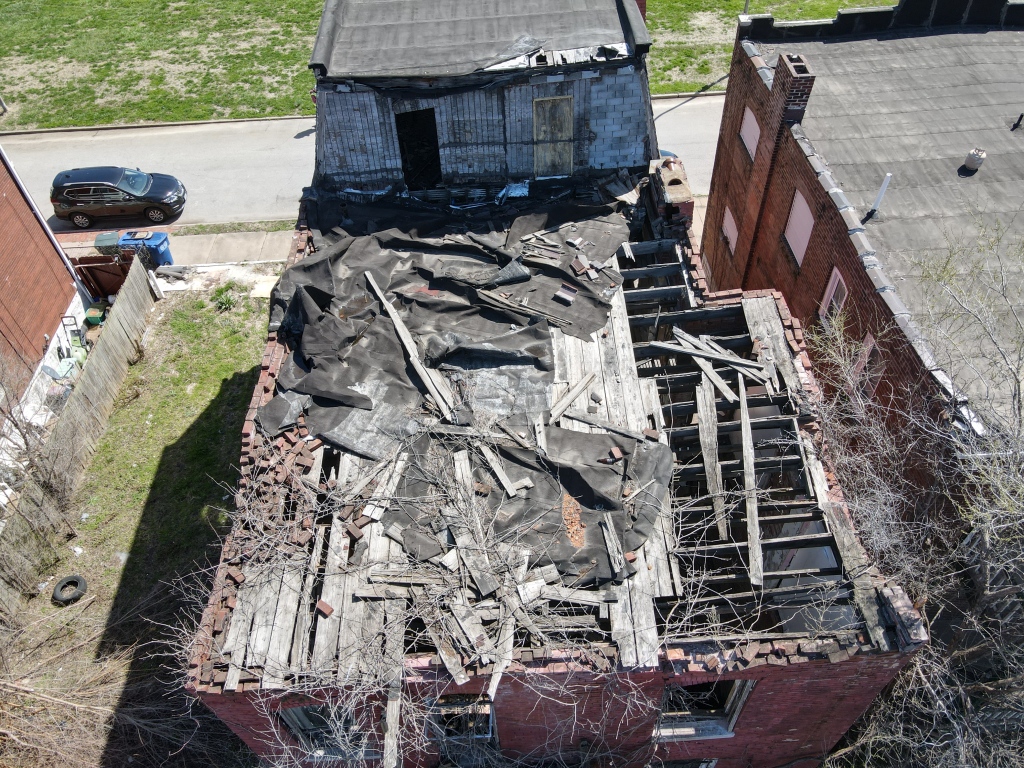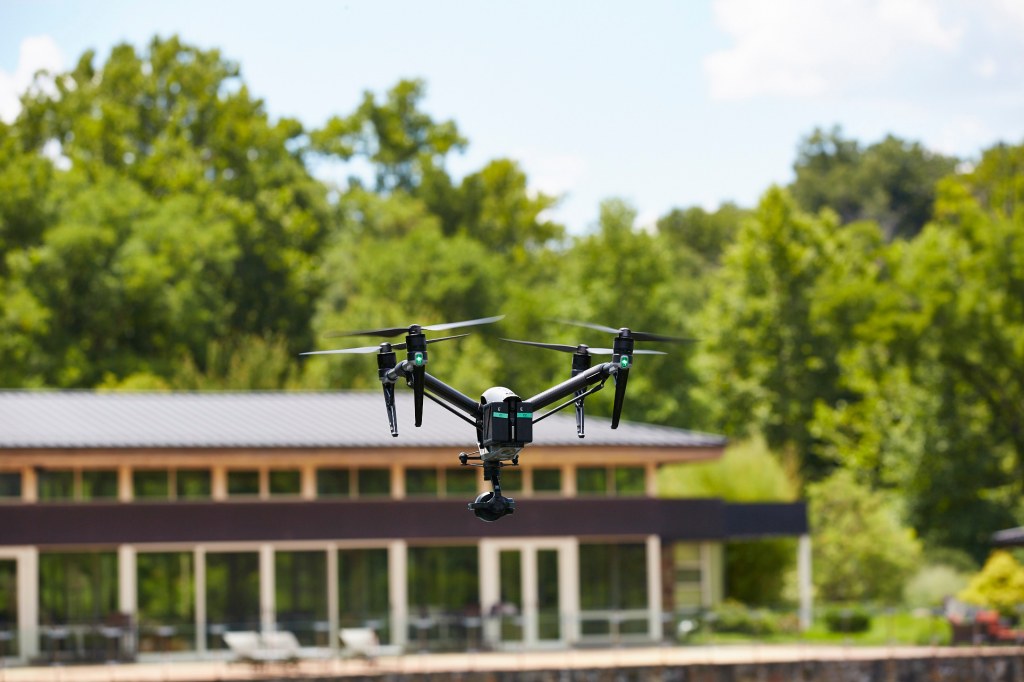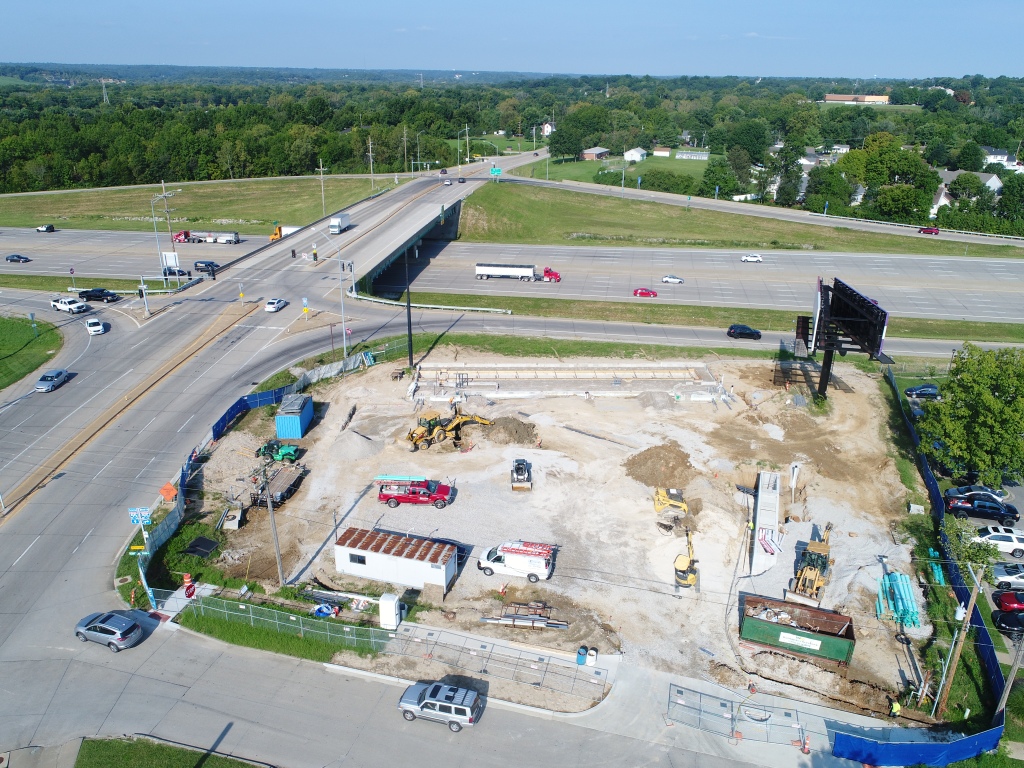Many firms are recording the prior evaluation of the adjacent land for insurance purposes prior to undertaking a new construction site.
It’s crucial to document a job site prior to construction or site demolition with video and photography if you want to avoid costly lawsuits.

Having construction progress video and photography documentation allows you to resolve disputes before they escalate to legal action.
Builders are often held responsible for preconstruction damage, and consequently, contractors are blamed. To avoid disputes and wasted time, clear construction progress documentation using video and photography is the best approach.

It is sometimes critical to document events like storms, tornados, fires, any and all damages for insurance purposes, whether you are the insurer or the policyholder. Making sure there is a permanent record of such events can protect either party in the event of a claim or a disputed claim. We can help with hard evidence to support your case.

By having video and photography documenting your most precious assets, the insurance company will know exactly what you had and in what condition it was in.

When a disaster occurs, the last thing you want to do is try to explain in precise details to an insurance claims adjuster. The Video speaks for itself and you can send it to your insurance company to file with your policy before hand.

It’s crucial to document a job site prior to construction or site demolition with video and photography if you want to avoid costly lawsuits.
In today’s litigious culture, it’s critical to protect yourself from potential lawsuits by documenting the condition of a job site prior to construction or demolition. Whether you’re a contractor, business owner, or property manager, taking the time to document the site with video and photography is one of the smartest steps you can take to protect yourself. Not only will this help to avoid potential costly lawsuits, it also serves to protect your reputation and financial security by providing evidence of the site’s condition prior to any work. It’s a small investment of time and money that can have a huge payoff in the long run.
Benefits of documenting a job site with video and photography
Documenting a job site with video and photography can be a lifesaver in the event of a dispute. It’s the best way to prove to a judge or an arbitrator that you were not at fault for any damages that occurred. Additionally, it’s an invaluable tool for assessing how much work needs to be completed and how much it will cost. By having a record of the condition of the job site before any construction or demolition, you can avoid costly mistakes, delays, and disputes.
Beyond the legal protection that documenting a job site provides, it can also be used as a marketing tool. By sharing the before and after photographs of a job site on your website or social media, you can showcase your work and help to attract more customers.
Steps to document a job site
The steps to document a job site are relatively simple. First, you’ll need to make sure the job site is safe for documenting. If there are any hazards, you’ll need to make sure they are addressed before beginning.
Next, you’ll need to decide what type of documentation you want to use. This can include still photographs, video, or both. It’s also important to consider what angles and perspectives you’ll need to capture in order to portray the job site accurately.
Once you’ve decided what type and angles of documentation you’ll need, you’ll need to set up the appropriate equipment. This can include tripods, lights, or drones, depending on the type and scale of the job site.
Once your equipment is set up, you can begin to document the job site. Be sure to capture wide shots and close-ups to ensure that you have a thorough record of the job site.
Finally, once you’re done documenting the job site, you’ll need to store your documentation in an appropriate format. This can include photos, videos, or both.
What to consider when documenting a job site
When documenting a job site, there are a few key considerations to keep in mind. First, you should be sure to document the entire job site, including any areas that may not be visible to the naked eye. Additionally, you should be sure to capture the job site from multiple angles and perspectives to ensure that your documentation is thorough.
It’s also important to consider the type of documentation you’ll be using. Still photographs can be a great way to document a job site, but they may not be sufficient in the event of a dispute. Video documentation can be more effective, as it can provide a more detailed record of the job site.
Finally, it’s important to consider the equipment you’ll need to document the job site. This can include tripods, lights, and drones, depending on the size and complexity of the job site.
Legal considerations for documenting a job site
When documenting a job site, it’s important to consider any legal implications that may arise. Depending on the nature of the job site, there may be certain regulations or restrictions in place that must be adhered to. Additionally, it’s important to consider any privacy laws that may apply to the job site.
In the event of a dispute, it’s also important to consider how the documentation will be used. If the documentation is to be used in a court of law, it may need to be authenticated or notarized. Additionally, any images or videos used in the documentation should be of high enough quality to be used as evidence.
How to store your documentation
Once you’ve documented the job site, it’s important to store your documentation in an appropriate format. The most common way of doing this is to save your photos and videos as digital files and store them in the cloud. This is the best way to ensure that your documentation is secure and accessible when you need it.
It’s also important to consider how long you’ll need to store your documentation. Depending on the nature of the job site, you may need to keep your documentation for a certain period of time.
Tips for creating effective documentation
Creating effective documentation of a job site takes a bit of practice and planning. Here are a few tips to keep in mind:
• Take the time to plan ahead. This will help you to ensure that you capture the necessary shots and angles.
• Make sure you have the right equipment. This will help you to capture high-quality images and videos.
• Take your time and be thorough. This will help to ensure that all areas of the job site are documented accurately.
• Use a tripod and lights if possible. This will help to avoid any camera shake or poor lighting.
• Consider using a drone for a more comprehensive view.
• Make sure the images and videos are of a high enough quality to be used as evidence if necessary.
• Try to capture a mix of wide shots and close-ups.
• Be sure to label and date each image or video.
• Be aware of any privacy regulations or restrictions that may apply.
Common mistakes to avoid when documenting a job site
When documenting a job site, it’s important to avoid some common mistakes. These include:
• Not planning ahead. This can lead to missing important shots or angles.
• Not having the right equipment. This can lead to poor-quality images or videos.
• Not being thorough. This can lead to incomplete documentation.
• Not using a tripod or lights. This can lead to camera shake or poor lighting.
• Not using a drone. This can limit the scope of the documentation.
• Not using high-quality images or videos. This can limit their usefulness if used as evidence.
• Not labeling or dating images or videos. This can make it difficult to identify them in the future.
• Not being aware of any privacy regulations or restrictions. This can lead to legal problems.
Software and tools to help document job sites
There are a variety of software and tools available to help document job sites. These include cameras, drones, and mobile apps.
Cameras are the most common type of equipment used to document job sites. These can include DSLRs, mirrorless cameras, or action cameras.
Drones are becoming increasingly popular for documenting job sites. These can provide a more comprehensive view of a job site by allowing you to capture images and videos from a variety of angles and perspectives.
Mobile apps are also becoming increasingly popular for documenting job sites. There are a variety of apps available that make it easy to capture high-quality images and videos, as well as label and store them.
Conclusion – Why it’s important to document job sites prior to construction or demolition
Documenting a job site prior to construction or demolition is essential for protecting yourself from potential lawsuits. By taking the time to document the job site, you can ensure that you have a record of the site’s condition prior to any work. This can be invaluable in the event of a dispute, as it can provide proof of the job site’s condition.
Additionally, documenting a job site can provide you with a record of the work that was completed, as well as the cost of that work. This can help to avoid costly mistakes, delays, and disputes.
Finally, documenting a job site can also help to protect your reputation and financial security. By having a record of the job site’s condition prior to any work, you can help to ensure that your reputation is not tarnished due to any disputes.
Documenting a job site with video and photography can be a small investment of time and money that can have a huge payoff in the long run. By taking the time to document the job site, you can help to protect yourself from potential lawsuits, and ensure that your reputation and financial security are protected.
Fred Hamann, St. Lou314-604-6544
Rob Haller
St Louis Video Producer
stlouiswebvideo@gmail.comis Videographer, 314-892-1233.